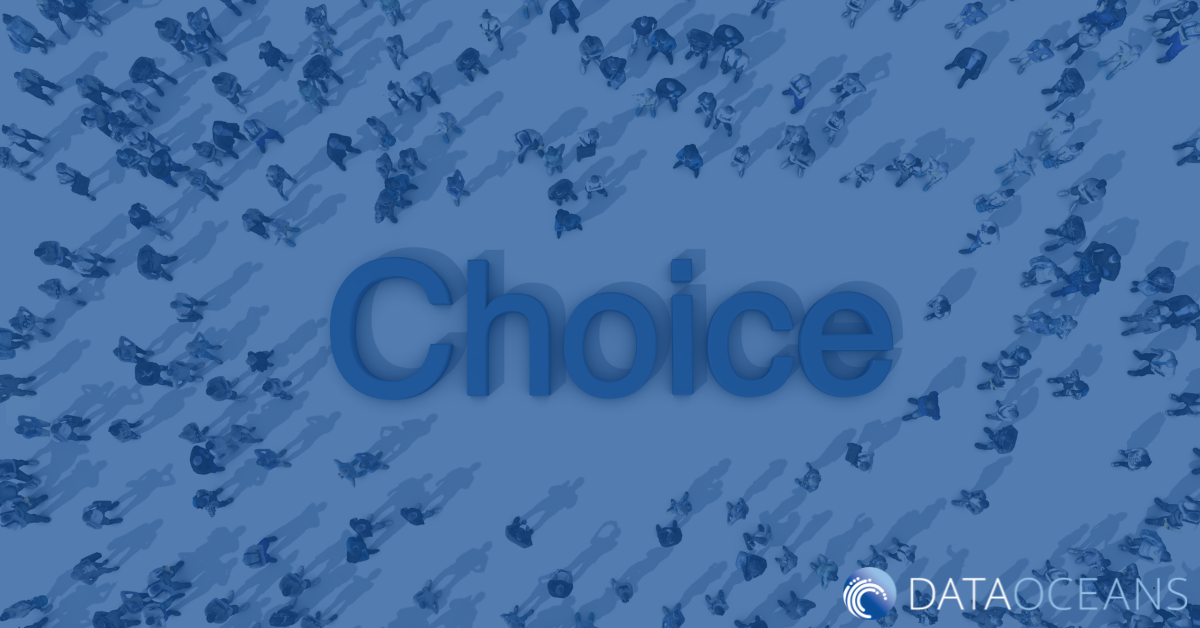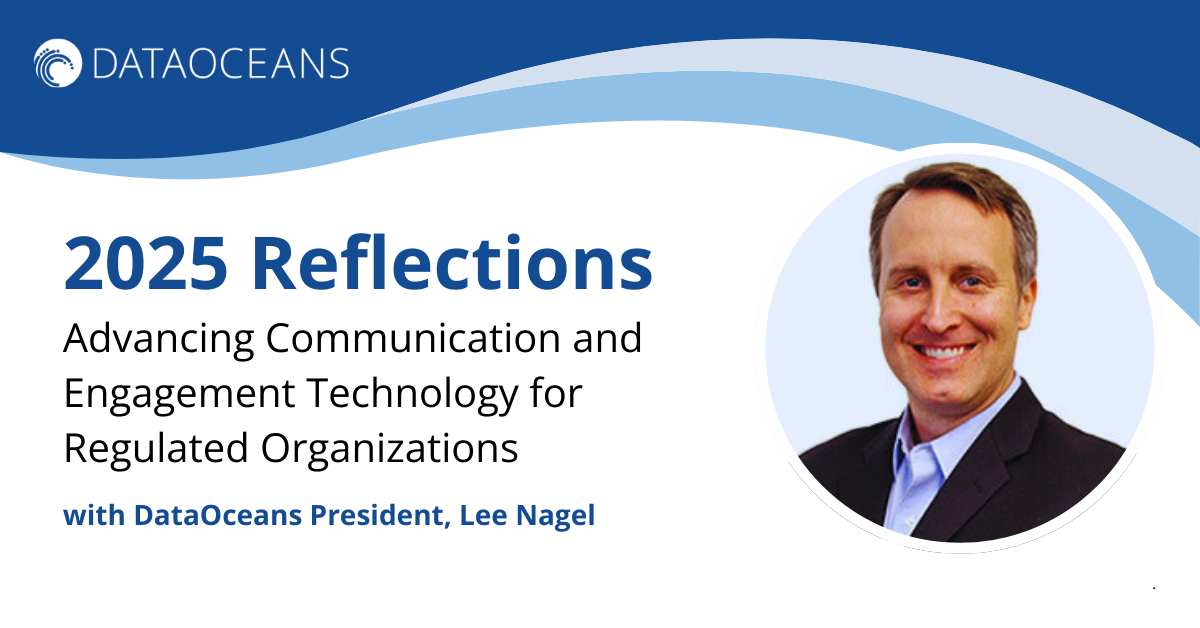On January first of 2021, the U.S. government’s Transparency and Coverage Rule went into effect. This rule requires hospitals to publish clear, accessible pricing on 300 “shoppable services” that must be displayed online, in both consumer-friendly and machine-readable formats that can be accessed without requiring logins or personal information. Hospitals that fail to comply with the rule may be liable to a fine of $300/day. Requirements will be extended over the next three years as well:
- By 2022, hospitals will be required to display three machine-readable files containing in-network negotiated rates, out-of-network allowable amounts, and drug pricing.
- By 2023, hospitals will need to provide an online self-service website for pricing and cost-sharing for 500 shoppable services defined by CMS [Centers for Medicare & Medicaid Services].
- By 2024, the rule will be extended to cover all services.
The DataOceans editorial team recently spoke about the rule with Donald Baggett, president of the consulting firm Benefit Resources and a DataOceans board advisor, who has extensive experience in technology and the health insurance industry.
DataOceans: Have you seen any impact from the Transparency and Coverage Rule as yet?
Donald Baggett: No real impact as yet. The healthcare industry was caught off guard by the new rules when they were passed in 2019 and given little time to comply. The C-19 pandemic hit just as hospitals were gearing up efforts to comply. CMS has been lax in regulating and enforcing the rules because of the pandemic.
DO: Is it possible the Biden administration will make changes to the rule, or abandon it entirely?
DB: Changes most likely will be delayed effective dates and lax enforcement to give hospitals time to catch up. Consumer groups – not necessarily real consumers – have been demanding price transparency for several years because of the shift in health plan structure toward consumerism, i.e., high deductible health plans.
DO: How are hospitals required to notify patients about the transparency pricing rule prior to a procedure?
DB: There is no requirement to notify patients of pricing prior to service. Most hospitals may post some pricing information (to demonstrate to CMS of compliance) but are making it difficult to find on websites. Some local Atlanta hospitals are posting their Charge Master Files in either MS-Excel or comma delimited formats. Others ask for health plan specifics from patient and attempt to give cost estimates. Others merely post a notice to contact the billing department for an estimate of cost. And in fact, a Wall Street Journal investigation found that some hospitals used blocking codes to hide pricing information from online search results.
DO: Hospitals can be fined $300/day assessed by CMS for non-compliance. Is this adequate?
DB: In my view NO. Most hospitals will gladly pay the fine until software vendors develop a packaged approach for their websites. IBM, Change HealthCare, and others are scrambling to cash in on this opportunity. However, CMS has very recently proposed hiking fines to as much as $5,500 for hospitals with more than 30 beds, and increasing the maximum annual penalty to up to $2 million per hospital.
DO: Do you see any issues that patients will encounter with this?
DB: Those that are informed will be frustrated in searching for pricing information. Most are unconcerned as the third-party payment system in the US has made consumerism mute. Uninsured and under-insured generally just do not pay so they have no interest in knowing cost.
DO: Will this help patients, or not?
DB: Interesting question. My view is that this is the start of an evolution – not revolution – away from PPO networks. Recent TPA [third-party administrator] sponsored marketing efforts centered around “reference-based pricing” will, in my opinion, lead to plans that are based on fee schedules without regard to provider contracting. Decades ago, many plans used a schedule payment method with most using the California Relative Value Schedule. Similar schedules are now in place to establish values for out-of-network services. Medicare pays providers based on a schedule, albeit a very complicated one, and most TPA use the Medicare table – plus a multiplier – in their reference-based pricing scenarios.
A schedule makes things quite simple for price transparency and a standardized schedule (Medicare) makes it doable. I believe over the next decade you will see a slow transformation to schedules vs networks.
DO: Price estimators we’ve seen do not seem to include computation for extra charges, “ancillary services” like drugs, therapy or room fees.
DB: There is if you know the composition of the “ancillary services” or the drug name. Room rates vary based on the type of room. CMS sets Medicare and Medicaid schedule rates based on ICD-10 and CPT codes. The providers set the retail cost of each code, then bills the payer. Each and every item is on this list, called a charge master, down to a single aspirin tablet.
DO: A price calculator we tested asked for a lot of information, including insurance policy info, name and date of birth, which seems to impinge on patient privacy – is that a concern?
DB: This is in my view a violation of the rules. The rules state “Publish clear, accessible pricing on 300 ‘shoppable services’ displayed online, requiring no login or personal information and be ordered in a consumer-friendly format.”
DO: How has this rule impacted healthcare payers?
DB: It hasn’t yet. They have another year before they must comply. Human nature means they will wait till the last minute before looking for solutions. Some TPA software systems are working on solutions. Insurance companies are forming committees.
DO: Will they see any benefit from consumers shopping around for less costly services?
DB: Some could benefit, particularly those with high deductible health plans and most ACA (“Obamacare”) plans. Insurance companies have tried for years to steer consumers to less costly services without much success. The real healthcare shoppers tend to be uninsured immigrants as they have cleverly navigated a very complex system to find affordable (to them) alternatives and to use public resources to their advantage. A good example is the emergency Medicaid process used for most uninsured births in the US. A pricing website will be of no value to this market segment as they prefer a community trust – word of mouth – approach to buying goods and services.
DO: How will this affect pricing strategies for payers?
DB: Not much at this point. In the future if – BIG IF – the market transitions to fee schedules, it will become much easier for payers. They simply publish their schedule, then publish a list of providers that have accepted the schedule as payment. As the system develops it will become a standard just like Medicare and Medicaid today.
DataOceans delivers experiences that increase healthcare member engagement and health outcomes with a solution that creates, delivers and measures personalized communications across channels. Talk to us about how we’ve partnered with other healthcare payers and providers to provide savings and enhanced communications.



.png)